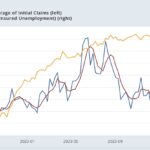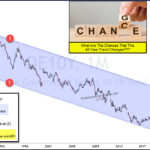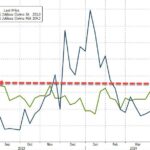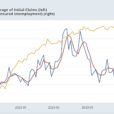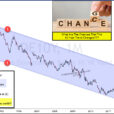
Financial markets are trendy and noisy in the short-run, sensible in the long-run, and perverse in the intermediate-term.
What do I mean?
Something like this: short-run movements are news-driven, and driven by people trying to catch up with the latest data. Many people imitate the behavior of others, and over the intermediate-term, some stock prices get out of whack. Some subset of industries, factors, and/or companies gets out of alignment, and are mispriced. In the long run, those pricing errors get corrected, but it takes years to get there.

Photo Credit: Robert Tuck || Of course, in half a cycle here, the moon will look the same
Here’s an example. to make this tangible and understandable. As a factor, value has been bad for eight years or so, and as evidence I quote Rob Arnott, from his article entitled, ‘How Can “Smart Beta” Go Horribly Wrong?’
The value effect was first identified in the late 1970s, notably by Basu (1977), in the aftermath of the Nifty Fifty bubble, a period when value stocks were becoming increasingly expensive, priced at an ever-skinnier discount relative to growth stocks. More recently, for the past eight years, value investing has been a disaster with the Russell 1000 Value Index underperforming the S&P 500 by 1.6% a year, and the Fama–French value factor in large-cap stocks returning −4.8% annually over the same period. But, the value effect is far from dead! In fact, it’s in its cheapest decile in history.
And then later he says:
How many practitioners who rely on the value factor take the time to gauge whether the factor is expensive or cheap relative to historical norms? If they took the time to do so today, they would find value is currently cheaper than at any time other than the height of the Nifty Fifty (1972–73), the tech bubble (1998–2003), and the global financial crisis (2008–09).



